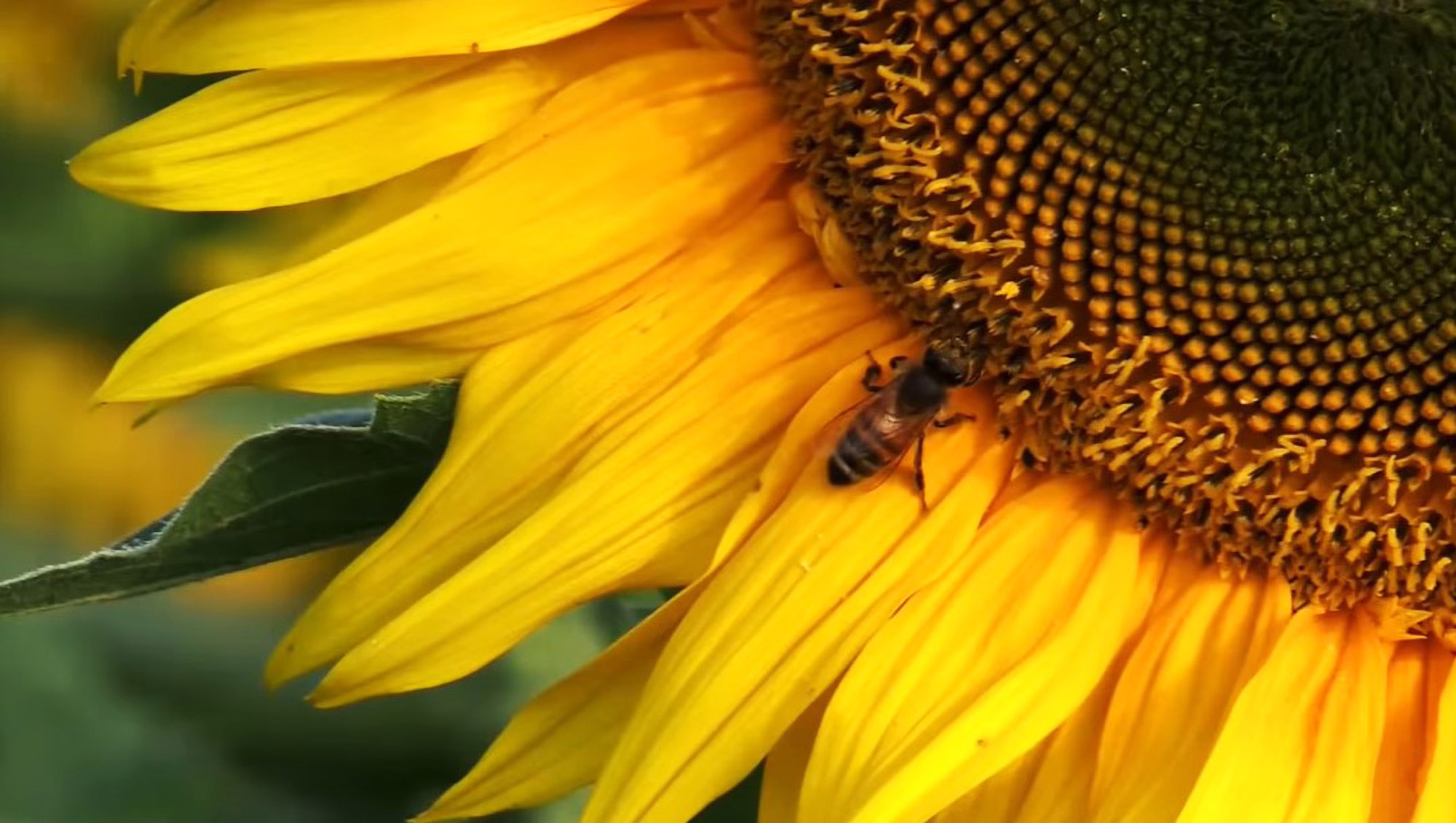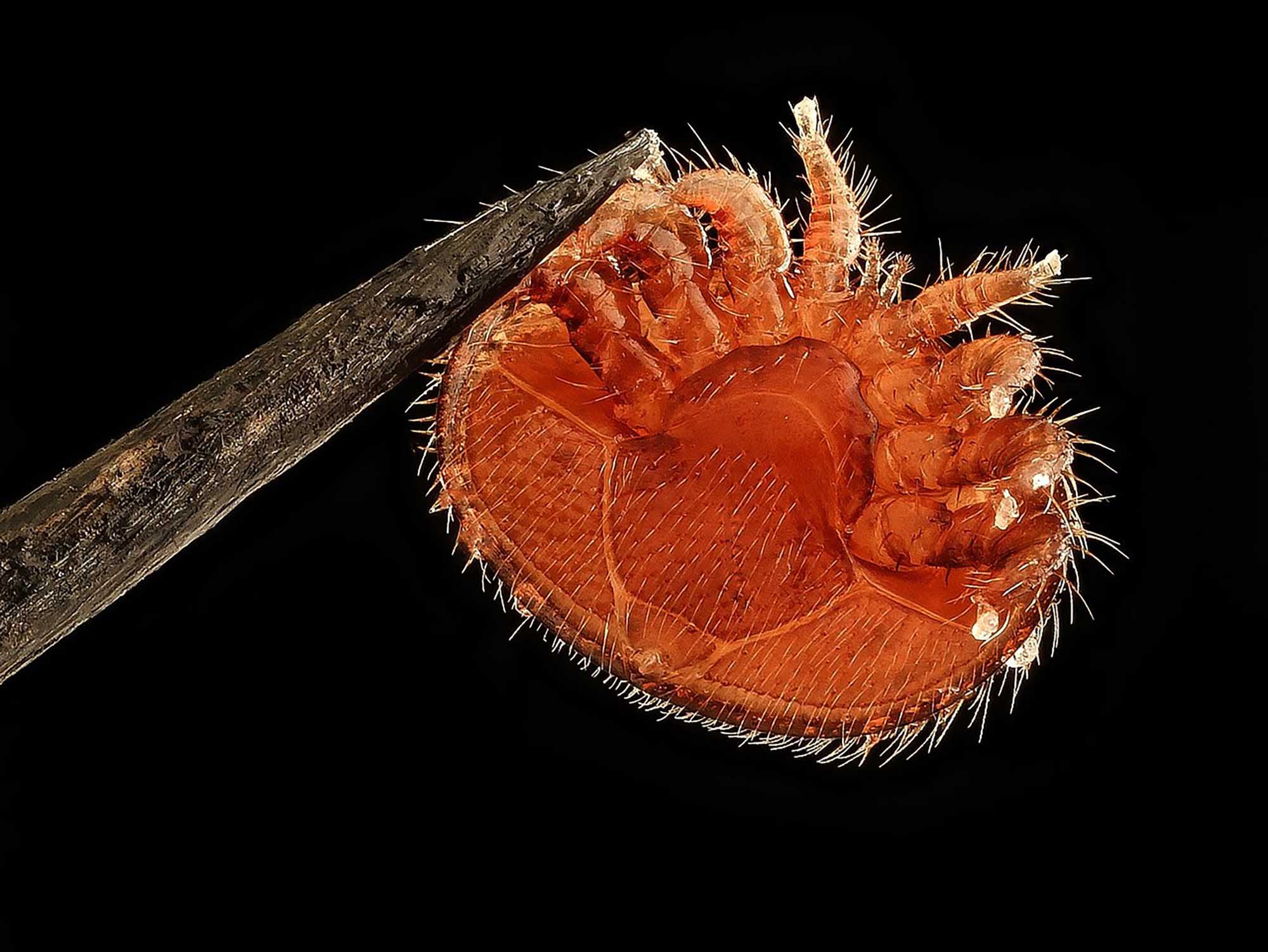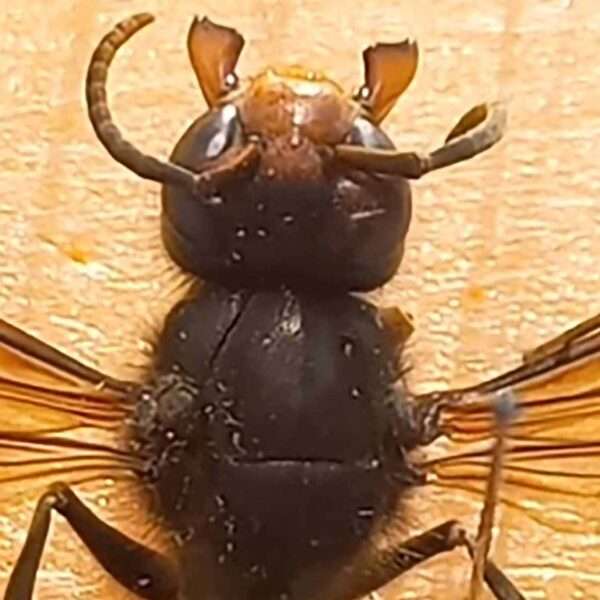Bees take less than one second to decide whether a flower may provide them with food, a study by scientists in the United Kingdom and Australia confirms.
Honeybees are engaged pollinators and therefore play a crucial role concerning healthy ecosystems but also food security. Their brains are smaller than a sesame seed.
Now experts from the University of Sheffield and Sydney’s Macquarie University found that they do not need much more than half a second to evaluate if it was worth to land on a plant.
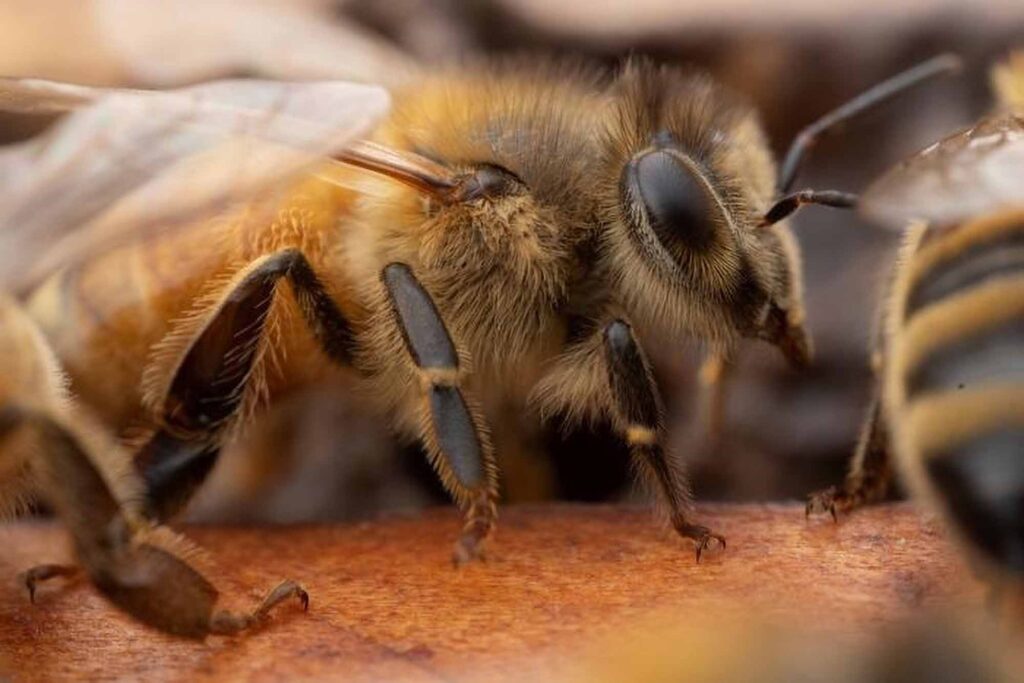
Dr Hadi Maboudi from Sheffield University’s Department of Computer Science said: “We trained 20 bees to recognise five different coloured flower discs. Blue flowers always had sugar syrup. Green flowers always had quinine (tonic water) with a bitter taste for bees. Other colours sometimes had glucose.”
The computational neuroethologist added: “Then we introduced each bee to a ‘garden’ where the ‘flowers’ just had distilled water. We filmed each bee, then watched more than 40 hours of video, tracking the path of the bees and timing how long it took them to make a decision.”
Speaking to SciTechDaily, Dr Maboudi explained: “If the bees were confident that a flower would have food, then they quickly decided to land on it taking an average of 0.6 seconds. If they were confident that a flower would not have food, they made a decision just as quickly.”
Bees can fly as far as 12 kilometres (7.5 miles). However, they usually focus on food sources within a radius of just three kilometres (1.9 miles), according to the Ministry of Agriculture, Food and Fisheries in the Canadian province of British Columbia.
British honey producers HoneyBee & Co. called the relationship between flowers and bees “complex and mutualistic.”
They explained: “Flowers need bees to transfer pollen from male to female reproductive parts, allowing for fertilisation and the creation of seeds. In turn, bees rely on flowers for food and energy.”
During their foraging, the insects are under constant threat by predators such as wasps and spiders. One colony of domesticated honeybees consists of up to 50,000 insects.
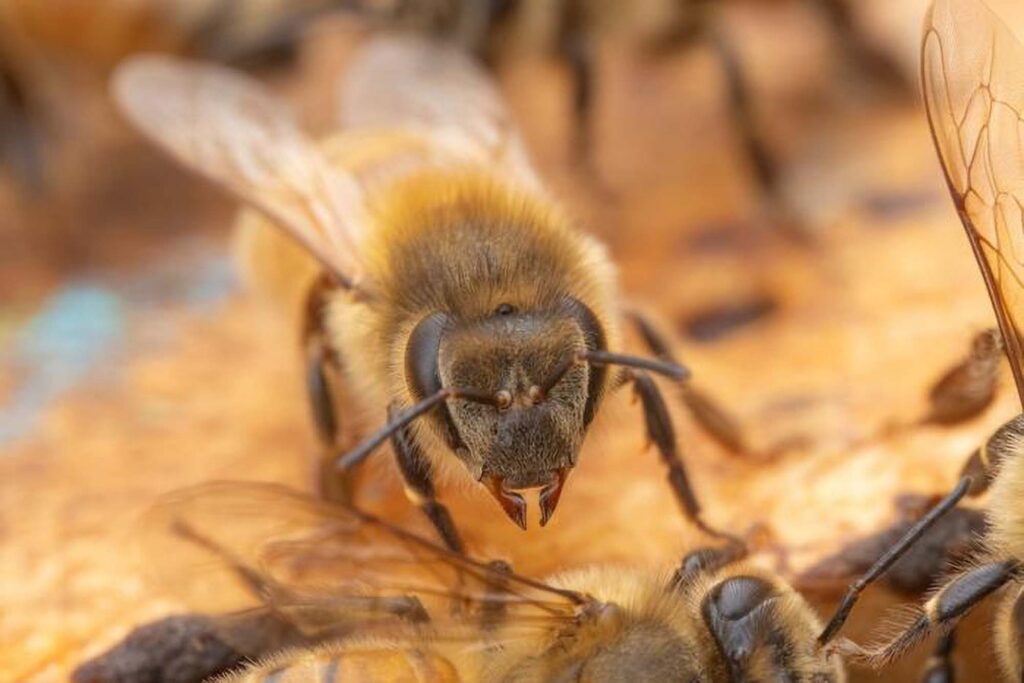
James A. R. Marshall is a professor of theoretical and computational biology at the University of Sheffield and one of the scientific study’s co-authors.
He said: “Our study has demonstrated complex autonomous decision-making with minimal neural circuitry.”
The researcher added: “We think bees are using their flight movements to enhance their visual system to make them better at detecting the best flowers.”
Prof Marshall said his team would now focus on finding out how the pollinators could manage gathering information so quickly.


